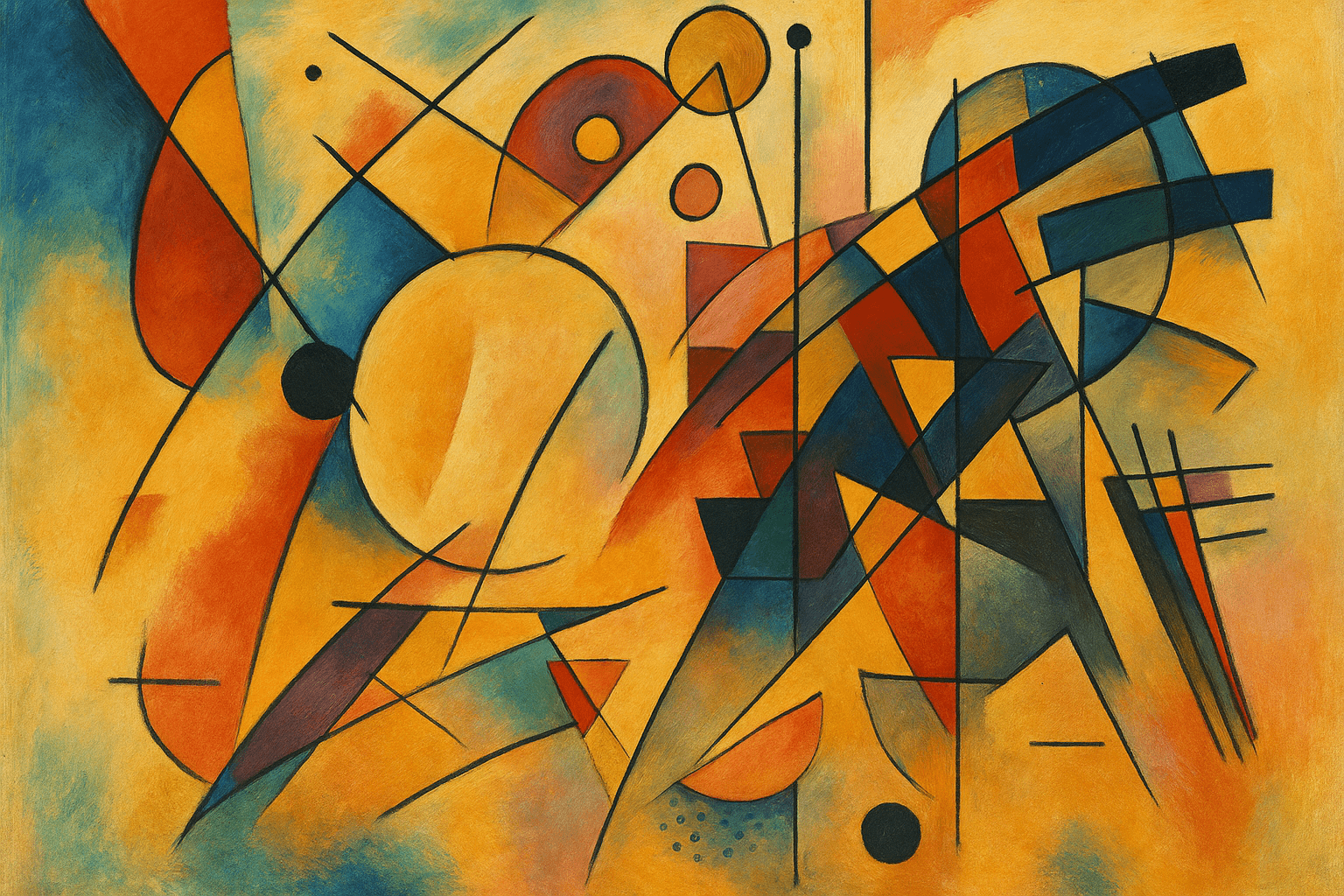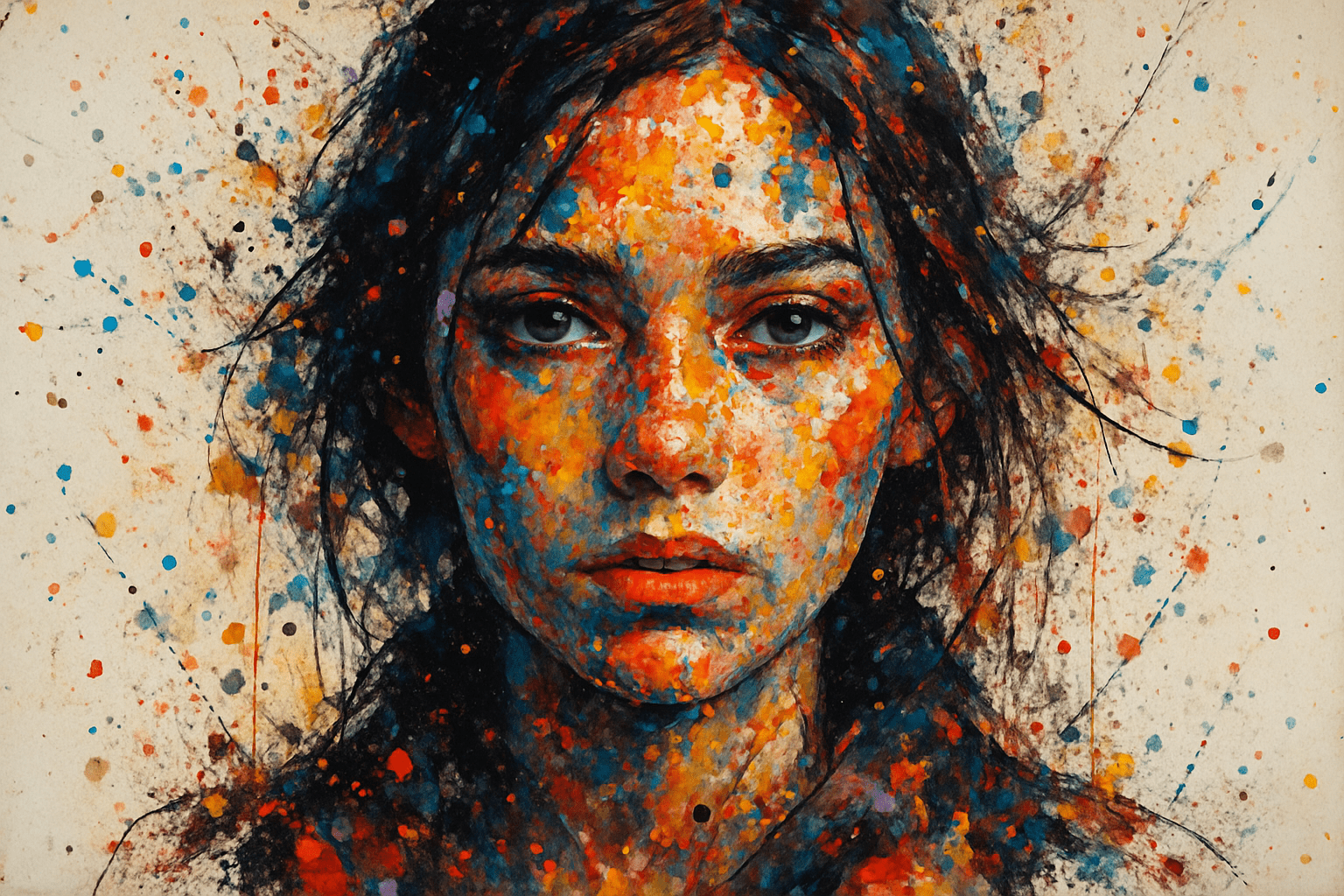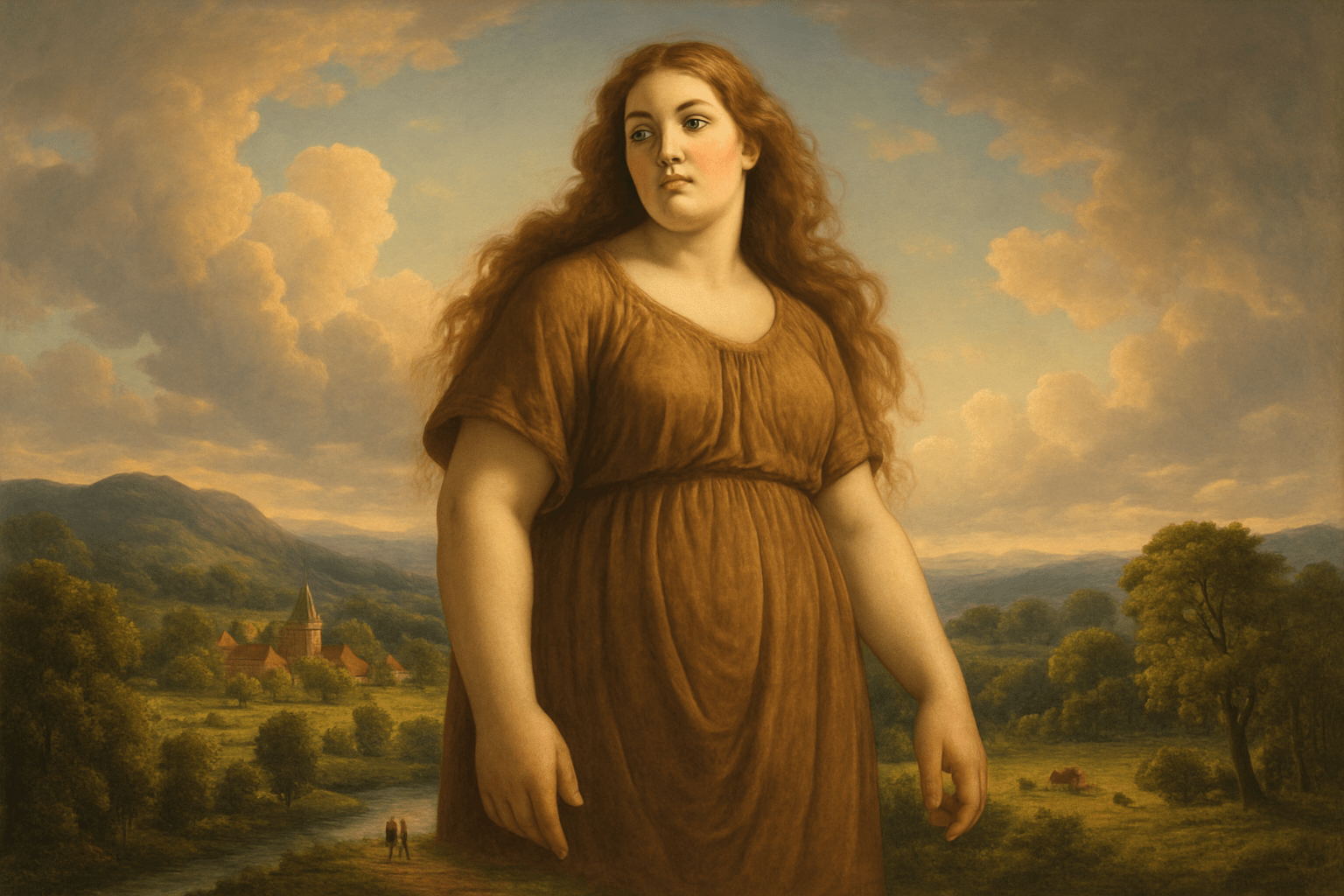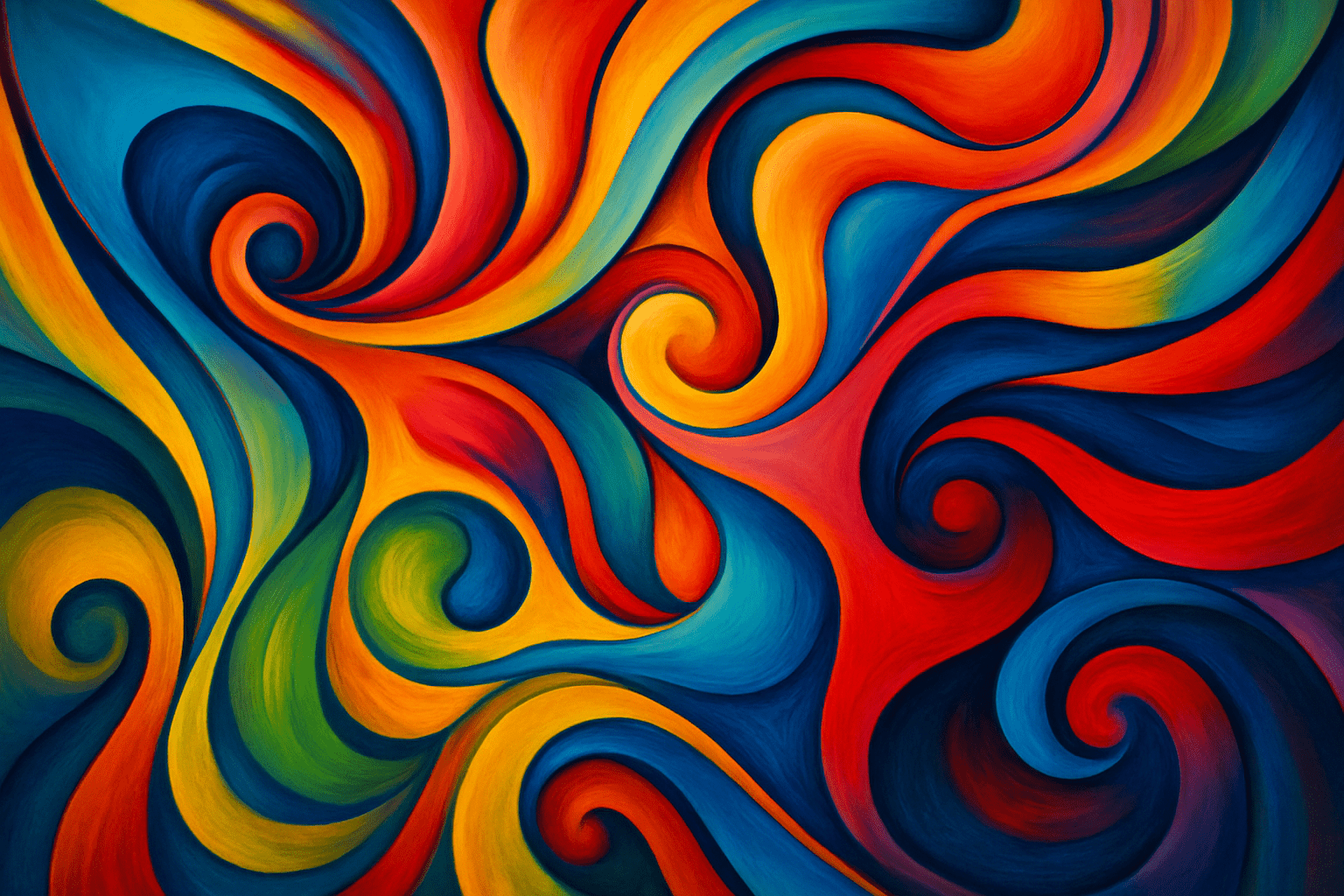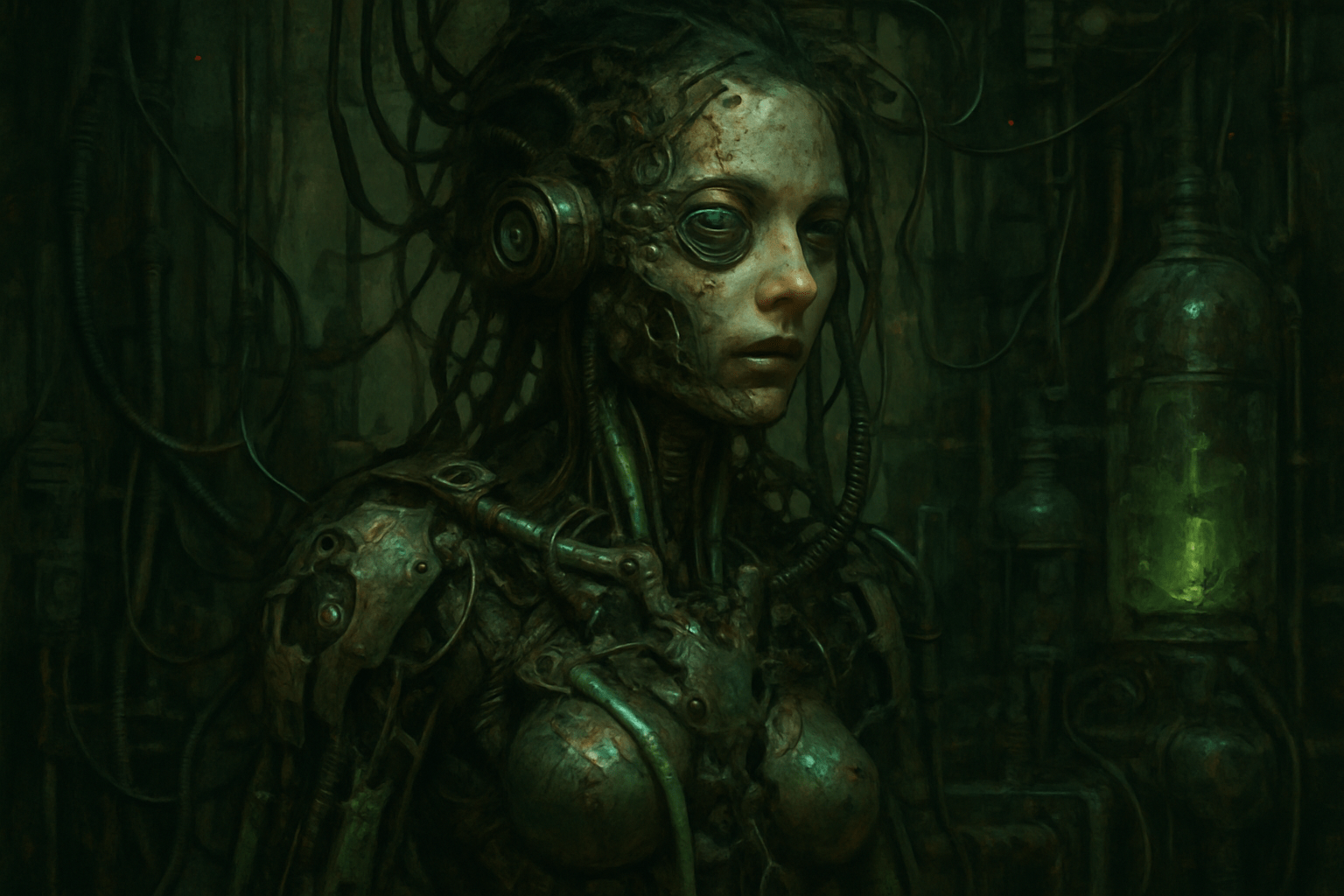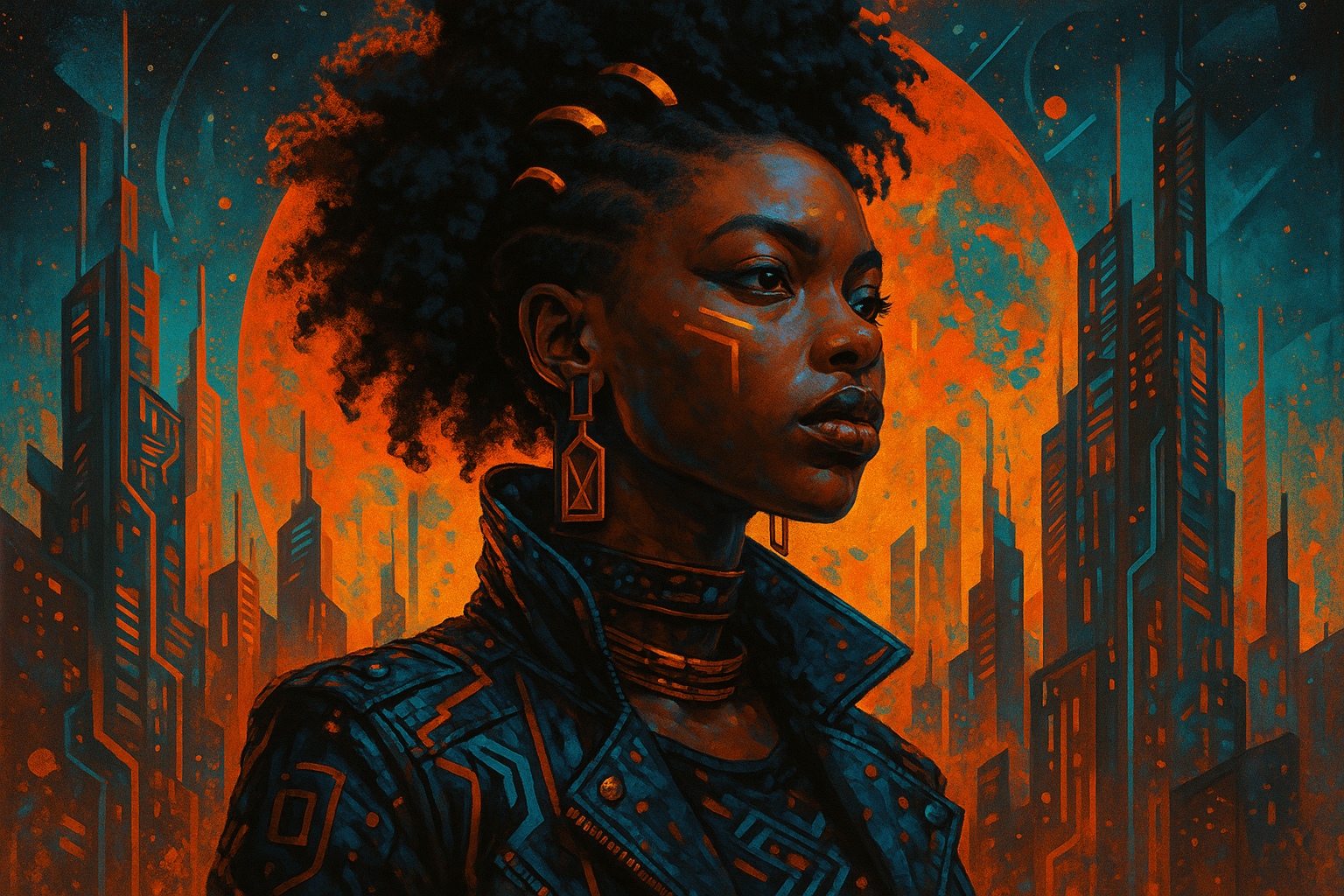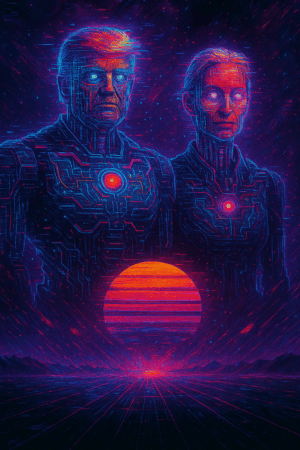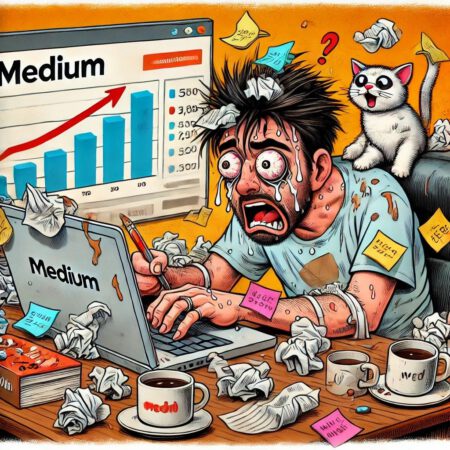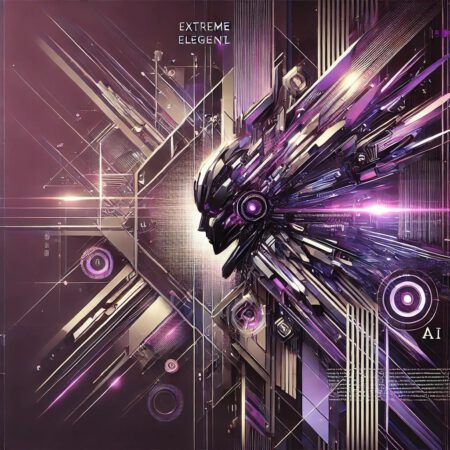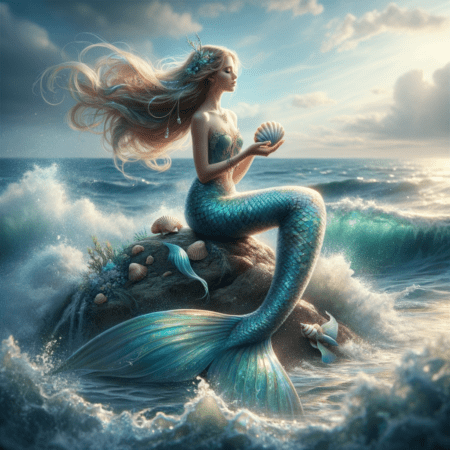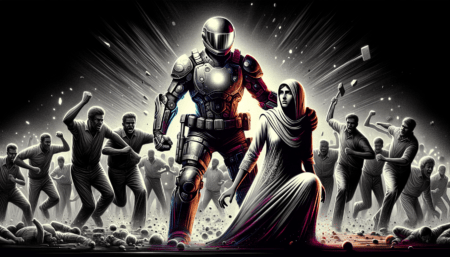
Avant-garde
The Avant-garde art style is characterized by its unconventional, experimental, and often radical approach to art making. Avant-garde artists often push the boundaries of what is considered acceptable in the art world, and their work is often seen as controversial or as a challenge to traditional values. This art style is often associated with movements such as Dadaism, Surrealism, and Abstract Expressionism.
AOI thinking about Avant-garde [+_~]-/
Overview and Quickfacts
Avant-garde art is characterized by its experimental and innovative nature. This art style often challenges traditional ideas and conventions, and is often associated with movements such as Dada and Surrealism. Avant-garde artists often push the boundaries of what is considered acceptable in art, and their work can be controversial.
Can understand it also, as:
Innovative, experimental, cutting-edge.
Categorize it as:
Impressionism, Modernism
.: Dreaming :.
holds a HAIKU for the art style
:. Thought is power .:
Detailed Description
In the art world, the term ÃÂÃÂavant-gardeÃÂÃÂ is used to describe artists, movements, or works that are experimental, innovative, and often radical in nature. The avant-garde has been a driving force in the art world for centuries, pushing the boundaries of what is considered acceptable and pushing the envelope in terms of what is possible in the world of art. Some of the most famous avant-garde artists include Marcel Duchamp, who is credited with creating the first ready-made work of art; Wassily Kandinsky, who was one of the first artists to experiment with abstract art; and Pablo Picasso, who is considered one of the most influential artists of the 20th century. In the world of painting, the avant-garde is often associated with the development of abstract art, which began to gain popularity in the early 20th century. Abstract art is characterized by its lack of representational imagery, and instead relies on shapes, colors, and textures to create its effects. Some of the most famous abstract painters include Kandinsky, Piet Mondrian, and Mark Rothko. The avant-garde has also been a major force in the world of sculpture. In the early 20th century, artists such as Pablo Picasso and Georges Braque began to experiment with Cubism, a style of sculpture that uses geometric shapes to create its forms. Cubism was a major influence on the development of Abstract Expressionism, a style of sculpture that emphasizes the use of color and texture to create its effects. The avant-garde has also been a major force in the world of architecture. In the early 20th century, architects such as Le Corbusier and Walter Gropius began to experiment with new ways of designing and constructing buildings. These architects were influenced by the Cubist movement in art, and they sought to create buildings that were more functional and efficient than the traditional styles that were prevalent at the time. The avant-garde has also been a major force in the world of fashion. In the early 20th century, designers such as Coco Chanel and Elsa Schiaparelli began to experiment with new ways of designing and constructing clothing. These designers were influenced by the Cubist movement in art, and they sought to create clothing that was more functional and efficient than the traditional styles that were prevalent at the time. The avant-garde has also been a major force in the world of film. In the early 20th century, filmmakers such as Sergei Eisenstein and Dziga Vertov began to experiment with new ways of making films. These filmmakers were influenced by the Cubist movement in art, and they sought to create films that were more experimental and innovative than the traditional films that were prevalent at the time. The avant-garde has been a driving force in the art world for centuries, and it shows no signs of slowing down. The avant-garde is constantly pushing the boundaries of what is considered acceptable and possible in the world of art, and its influence can be seen in all facets of the art world, from painting and sculpture to fashion and film.
.. beep, beep, beep ..
<START OF TRANSMISSION>
1. Avant-garde is a French term meaning "frontier" or "vanguard". 2. The term is often used in the arts to refer to innovative or experimental work. 3. Avant-garde artists often push the boundaries of what is considered acceptable in their field. 4. Avant-garde art is often characterized by its rejection of traditional values and conventions. 5. Avant-garde artists often seek to shock or provoke their audiences. 6. Avant-garde art is often experimental and may challenge traditional ideas about art and aesthetics. 7. Avant-garde artists often use unconventional materials or methods in their work. 8. Avant-garde art is often associated with the avant-garde movement in politics. 9. Avant-garde artists often seek to promote social or political change through their work. 10. Avant-garde art is often associated with the Dada and Surrealist movements. 11. Avant-garde art is often seen as having a subversive or rebellious quality. 12. Avant-garde artists often challenge traditional notions of beauty and good taste. 13. Avant-garde art is often intended to provoke an emotional or intellectual response in its viewers. 14. Avant-garde art is often seen as controversial or provocative. 15. Avant-garde art is often experimental and may not be immediately accessible to its viewers. 16. Avant-garde art is often associated with the postmodern movement. 17. Avant-garde art is often characterized by its rejection of traditional values and conventions. 18. Avant-garde artists often seek to shock or provoke their audiences. 19. Avant-garde art is often experimental and may challenge traditional ideas about art and aesthetics. 20. Avant-garde art is often seen as having a subversive or rebellious quality.
<EOF>
.. robbel bob
Visual Examples from our image gallery
Coming soon, we are so slow .. might never come
Artists, Paintings, and more
(be aware, can be highly speculative)
Artists (be aware, speculation possible):
1. Marcel Duchamp (1887-1968) 2. Wassily Kandinsky (1866-1944) 3. Kazimir Malevich (1879-1935) 4. Lyubov Popova (1889-1924) 5. Alexander Rodchenko (1891-1956) 6. El Lissitzky (1890-1941) 7. Piet Mondrian (1872-1944) 8. Theo van Doesburg (1883-1931) 9. Gino Severini (1883-1966) 10. Giacomo Balla (1871-1958) 11. Umberto Boccioni (1882-1916) 12. Carlo CarrÃÂÃÂ (1881-1966) 13. Luigi Russolo (1885-1947) 14. Fortunato Depero (1892-1960) 15. Bruno Munari (1907-1998) 16. John Cage (1912-1992) 17. Merce Cunningham (1919-2009) 18. Robert Rauschenberg (1925-2008) 19. Yoko Ono (1933-) 20. George Maciunas (1931-1978) 21. Nam June Paik (1932-2006) 22. Wolf Vostell (1932-1998) 23. Daniel Spoerri (1930-) 24. Jean Tinguely (1925-1991) 25. Richard Hamilton (1922-2011) 26. Peter Blake (1932-) 27. Eduardo Paolozzi (1924-2005) 28. David Hockney (1937-) 29. Pauline Boty (1938-1966) 30. Yayoi Kusama (1929-)
Artworks (be aware, speculation possible)
1. Nude Descending a Staircase, No. 2 – Marcel Duchamp, 1912 2. Fountain – Marcel Duchamp, 1917 3. The Bride Stripped Bare by Her Bachelors, Even – Marcel Duchamp, 1915-1923 4. 3 Standard Stoppages – Marcel Duchamp, 1913 5. Portrait of Picasso – Pablo Picasso, 1901 6. Les Demoiselles d’Avignon – Pablo Picasso, 1907 7. Guernica – Pablo Picasso, 1937 8. The Persistence of Memory – Salvador Dali, 1931 9. Soft Watches – Salvador Dali, 1933 10. Lobster Telephone – Salvador Dali, 1936 11. First Surrealist Manifesto – AndrÃÂé Breton, 1924 12. The Treachery of Images – RenÃÂé Magritte, 1929 13. This is Not a Pipe – RenÃÂé Magritte, 1929 14. The Son of Man – RenÃÂé Magritte, 1964 15. The Great Masturbator – Salvador Dali, 1929 16. L’Age d’Or – Luis BuÃÂñuel, 1930 17. Un Chien Andalou – Luis BuÃÂñuel, 1929 18. The Cabinet of Dr. Caligari – Robert Wiene, 1920 19. Nosferatu – F.W. Murnau, 1922 20. The Cabinet of Dr. Caligari – Robert Wiene, 1920 21. The Battleship Potemkin – Sergei Eisenstein, 1925 22. October: Ten Days That Shook the World – Sergei Eisenstein, 1928 23. Man with a Movie Camera – Dziga Vertov, 1929 24. Battleship Potemkin – Sergei Eisenstein, 1925 25. October: Ten Days That Shook the World – Sergei Eisenstein, 1928 26. Man with a Movie Camera – Dziga Vertov, 1929 27. A Page of Madness – Teinosuke Kinugasa, 1926 28. The Passion of Joan of Arc – Carl Theodor Dreyer, 1928 29. Napoleon – Abel Gance, 1927 30. Sunrise: A Song of Two Humans – F.W. Murnau, 1927
Epoch
The Avant-garde art style emerged in the late 19th century and continued into the 20th century.
AI ART RESSOURCES (AKA, well Tools)
Helping tools -> predefined search links on other pages:
